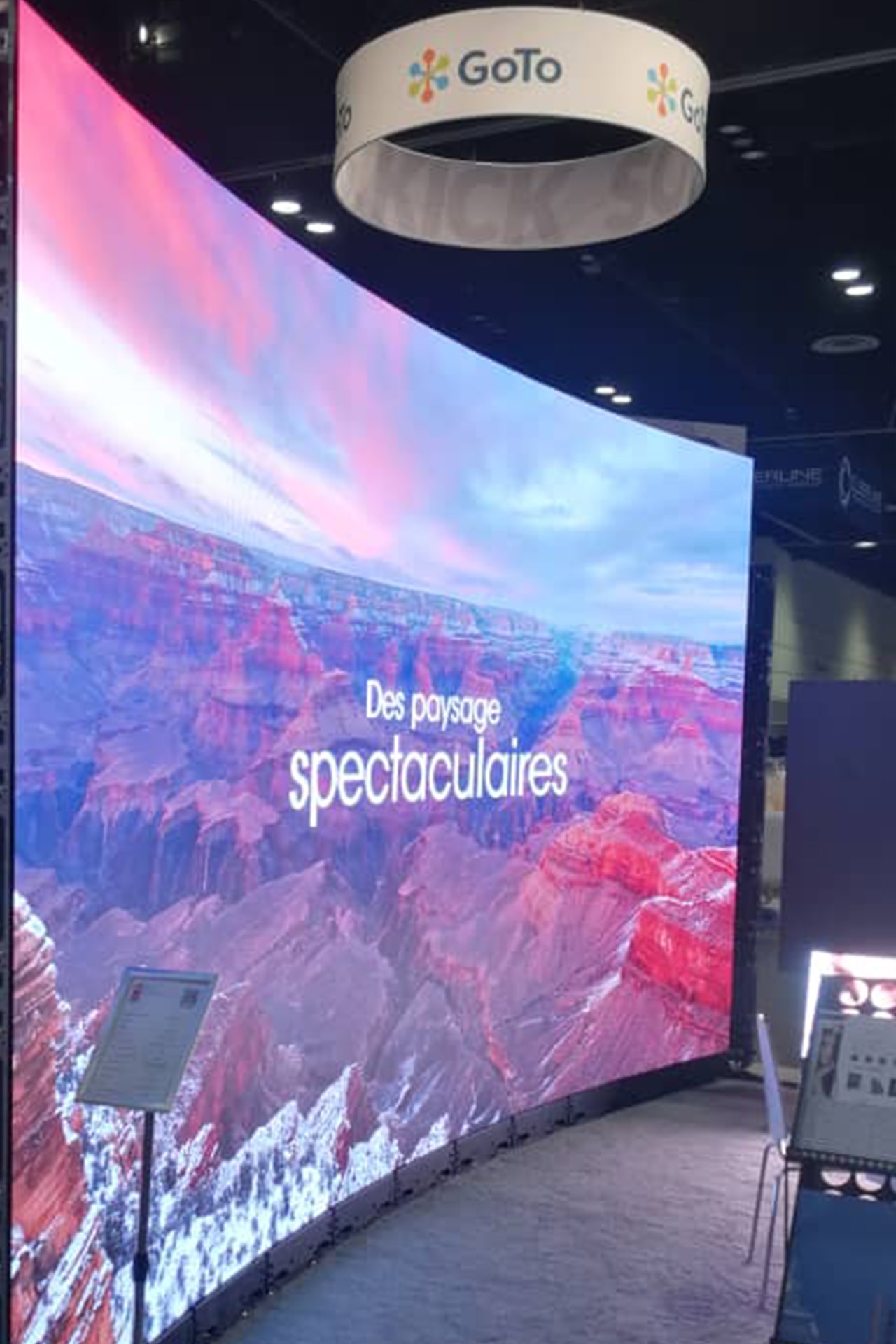Efficient Strategies for Addressing Heat Issues in LED Display Panels
Wiki Article
LED wall screens are increasingly common for multiple applications, such as advertising, functions, and electronic screens. However, overheating is a major issue that can impact their performance and lifespan. When LED screens overheat, they may dim, color shift, or even fail entirely. Grasping the reasons and implementing effective strategies to control heat can assist maintain the optimal operation of LED panel screens. This piece will explore several strategies to address overheating issues related with these devices.
One effective approach for stopping excess heat in LED panel screens is guaranteeing adequate ventilation. It is crucial to place these screens in settings where atmosphere circulation is sufficient. This can be achieved by placing the panels in a well-ventilated area or utilizing fans to improve ventilation around the units. Additionally, if the panels are mounted in a confined space, establishing openings or using vents can help release heat more efficiently. Keeping a lower surrounding temperature is vital, as it immediately affects the function and durability of LED wall panels.
Another way to address excess heat is through the use of thermal management substances. These substances can help take in, disperse, or redirect heat away from the LED components. Heat sinks are commonly used in many digital devices, including LED panels. These metallic elements pull heat away from the LED diodes, allowing them to operate at a safer heat level. Additionally, heat-conducting compound or films can be utilized to enhance heat conduction between the LED elements and the thermal sinks, further boosting their chilling efficiency.

Regular care and monitoring of LED wall panels also play a vital role in preventing overheating. Dust and debris can accumulate on the surfaces of these screens, blocking ventilation and holding heat. Regular cleaning, using appropriate tools, will keep the panels free from obstructions. Furthermore, monitoring the temperature of the panels can help identify overheating additional resources issues before they become severe. Using temperature monitors can provide important data, allowing users to take corrective action if the panels begin to exceed safe operating temperatures.
The use of advanced technology can also help address excess heat challenges in LED panel panels. Many contemporary LED screens come fitted with built-in heat control systems. These systems can instinctively modify the luminosity of the screen based on the heat level, reducing heat generation when necessary. Additionally, software solutions can monitor the functionality of the screens and provide alerts if overheating is detected. Using these tools can considerably improve the durability and dependability of LED wall panels.
In conclusion, managing overheating in LED wall screens is essential for ensuring their performance and durability. Implementing strategies such as ensuring proper ventilation, utilizing heat control materials, conducting regular care, and utilizing cutting-edge tools can help reduce overheating challenges. By taking these proactive measures, users can benefit from the complete benefits of LED wall panels while minimizing the threat of temperature-related issues. This method not only improves the functionality of the screens but also adds to a more sustainable and efficient use of devices in multiple applications.